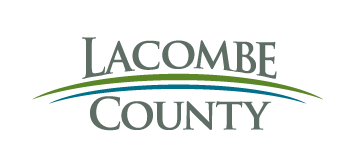Canada Thistle is a very aggressive noxious weed. It is extremely hardy and difficult to get rid of, leading to many County residents having this invasive weed in their backyards and fields.
- Aggressive perennial species, which is extremely hardy and spreads by both seed and roots/rhizomes.
- This weed populates aggressively on overgrazed pastures, poorly established areas, and drought conditions.
- A new plant can grow from just a small root fragment.
- The best control method is an integrated management approach.
Spray a selective residual herbicide registered for the control of Canada thistle, the best time for herbicide applications is at the early bud stage or early fall. Establish a healthy vegetative stand that will complete against Canada thistle, leaving it less able to germinate. Continuous Mowing is another options but is found less effective and more work, the mowing needs to be repeated every 21 days or less.



